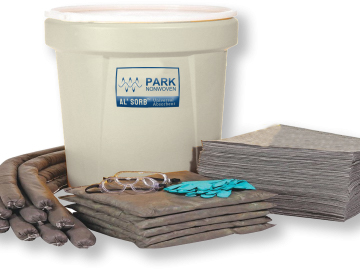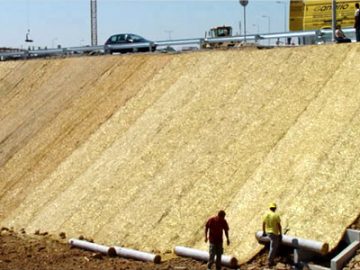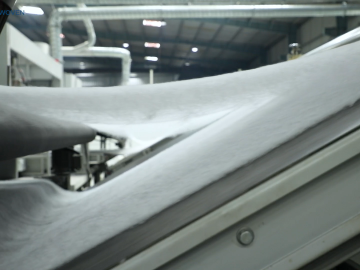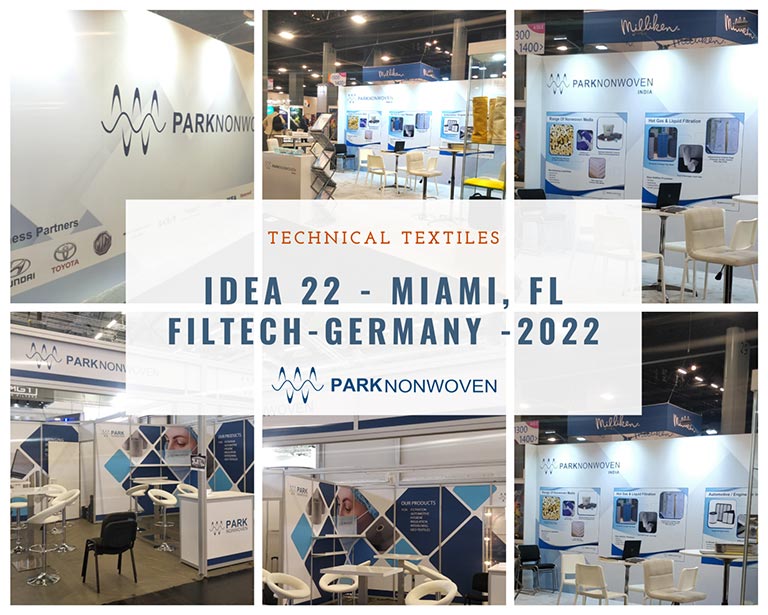Is Melt blown the Best Material for a Surgical & N95 Mask?
Scientist are testing every day on highly efficient fabrics for best protection from Coronavirus. And with latest studies showing that COVID is air borne as well, face masks and other filtration medium’s efficiency has become even more critical. Authorities are constantly recommending covering faces with fabric during the coronavirus pandemic. But even after one year of research and trials are we sure which material offers the most protection? Starting from everyday items such as pillow covers, flannel pajamas, origami vacuum bags, we have checked all material to make DIY face masks, we have tried it all. While it is known that simple face covering can reduce the spread of coronavirus by blocking outgoing germs from coughs or sneezes of an infected person, experts say we need to go beyond just a covering to combat the aerosol or air borne spread, especially in a closed environment. How is N95/ Surgical Masks different? Simple they are made of Meltblown filter fabric layer along with high-efficiency Spunbond. The best medical masks – known as N95 respirator, filters out at least 95 percent of particles as small as 0.3 microns. By comparison, a typical surgical mask with a melt blown filter fabric media, made using a rectangular piece of pleated material with elastic ear loops gives you a filtration capacity of 60-80 percent. Survey Data of HVAC Filter Researchers tested two types of air filters. One was the allergy reduction HVAC filter worked the best by capturing 89 percent of the particles with one layer and 94 percent with two layers. Then there was a furnace filter captured 75 percent with two layers, however required six layers to achieve 95 percent. In order to find a filter with that tested look for a minimum efficiency reporting value MERV rating of 12 or more or a microparticle performance rating of 1900 or higher is required. Why to opt for multiple layers in a mask apart from high-efficiency? The issue with air filters is that they could shed small fibers that would be risky to inhale. So, if you want a filter, one must sandwich it between two layers of cotton fabric. However, the fabric where common fabrics were used, two layers offers far less protection than multiple layers. A 600 thread count cotton fabric captures only 20-22 percent of protection and when doubled it offers 60 percent of protection. How much normal fabric offer breathability? Of course, these stacks of fabric reduce the breathability drastically of a mask, hence meltblown fabric of high efficiency offer best breathability. PARK OWNED PP FILTER MEDIA FOR RESPIRATOR AND HIGHLIGHTS: PARK owned the most advanced melt-blown line from Europe, and the latest technology assures a steady, stable quality for various mask media, such as surgical face masks, particulate respirators and cartridge filters. Our products conform to the US standard of NIOSH 42CFR84 and FDA 510K, and conform to the European standards of EN149:2001+A1:2009, EN143:2000 and EN14683:2005. MELTBLOWN FILTERATION MEDIA FOR MASKS AND RESPIRATORS SPUN BOND FOR INNER AND OUTER LAYER SURGICAL WEAR FABRIC For bulk order and fast delivery, drop us an email to sales@parknonwoven.com or call us now!
Is Melt blown the Best Material for a Surgical & N95 Mask? Read More »








